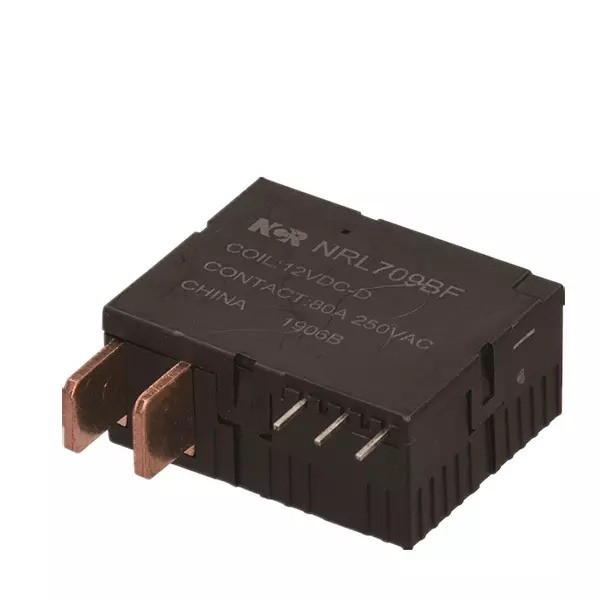Views: 0 Author: Site Editor Publish Time: 2024-05-07 Origin: Site
Relays are common components in electronic and electrical systems, playing important roles in various fields. However, relays may experience failures over time, so knowing how to test and inspect them is crucial. Let's explore this topic in depth.

1.Examine the Relay's Appearance
Start by checking the relay's appearance. Make sure the relay is free from visible damage, burning, cracks, or any deformation. Check the relay's connectors and pins to ensure there is no corrosion or looseness.
2.Check the Relay's Coil
Use a multimeter to measure the resistance of the relay coil. If the measured resistance deviates significantly from the relay's nominal value, it may indicate a problem with the relay.
3.Test the Relay's Contacts
Use a multimeter to measure the resistance of the relay's contacts. When the relay coil is energized, the contacts should open or close as expected. If the contact state does not match expectations, the relay may need to be replaced.
4.Listen to the Relay's Operation Sound
When applying voltage to the relay, you should hear the relay click as it operates. If you don't hear any sound, there may be a fault with the relay's internal coil or contacts.
![]()
Common Relay Issues and Solutions in Daily Life
In daily life, we might encounter problems with relays not working correctly, such as:
Home appliances not starting: This could be due to a fault with the relay coil or contacts. Check the relay for damage and replace it if necessary.
Car lights or other devices not working: This could be caused by poor contact with the relay contacts or a coil failure. Inspect and replace the relay if needed.
Intermittent operation of electrical equipment: This could be due to worn or dirty relay contacts. Try cleaning or replacing the relay.

Common Testing and Inspection Tips
1.Use a Multimeter: A multimeter is a commonly used tool for measuring the relay's resistance and contact state. Be sure to disconnect power before operating the multimeter to avoid danger.
2.Use an Oscilloscope: An oscilloscope can help you check the relay's switching time and voltage waveform, which can be helpful for diagnosing more complex faults.
3.Try Replacing the Relay: If the test reveals a problem with the relay, replacing it is the most direct method. Once replaced, test the related equipment again to ensure the issue has been resolved.
![]()
Testing and inspecting relays are essential for ensuring the normal operation of electronic and electrical systems. By using simple methods such as observing, measuring, and listening to the relay's operation sound, you can quickly assess the state of the relay and take appropriate actions.